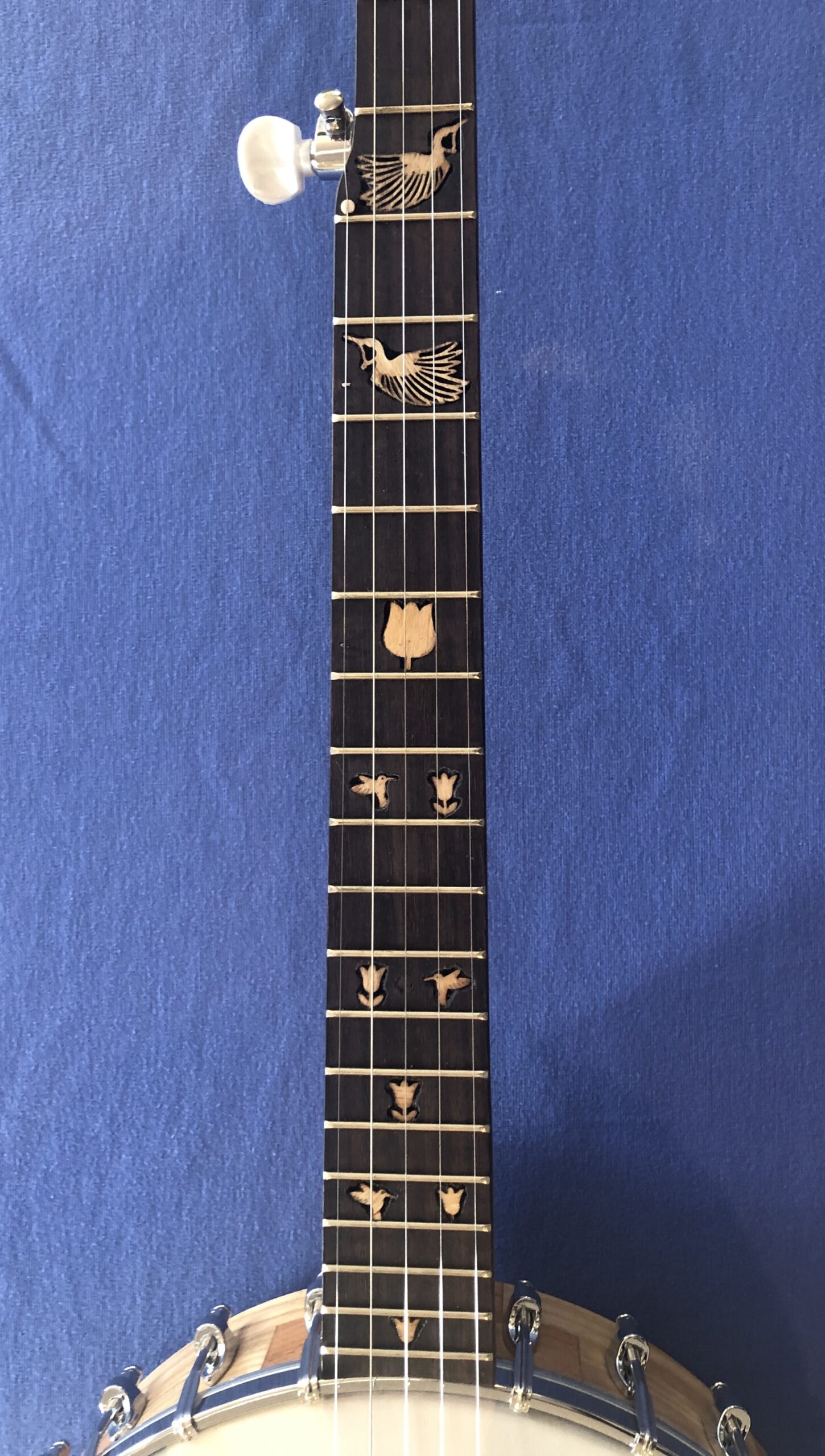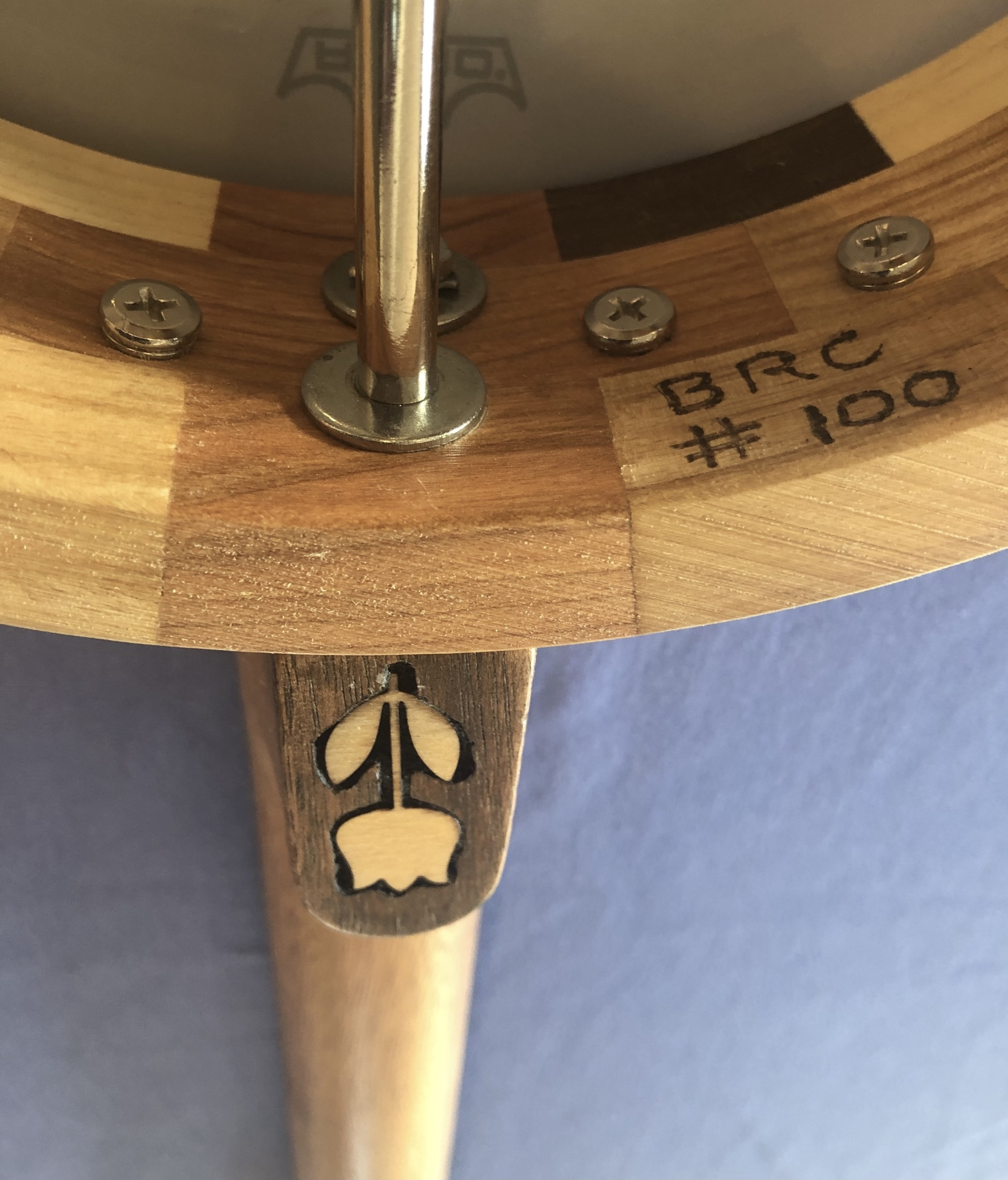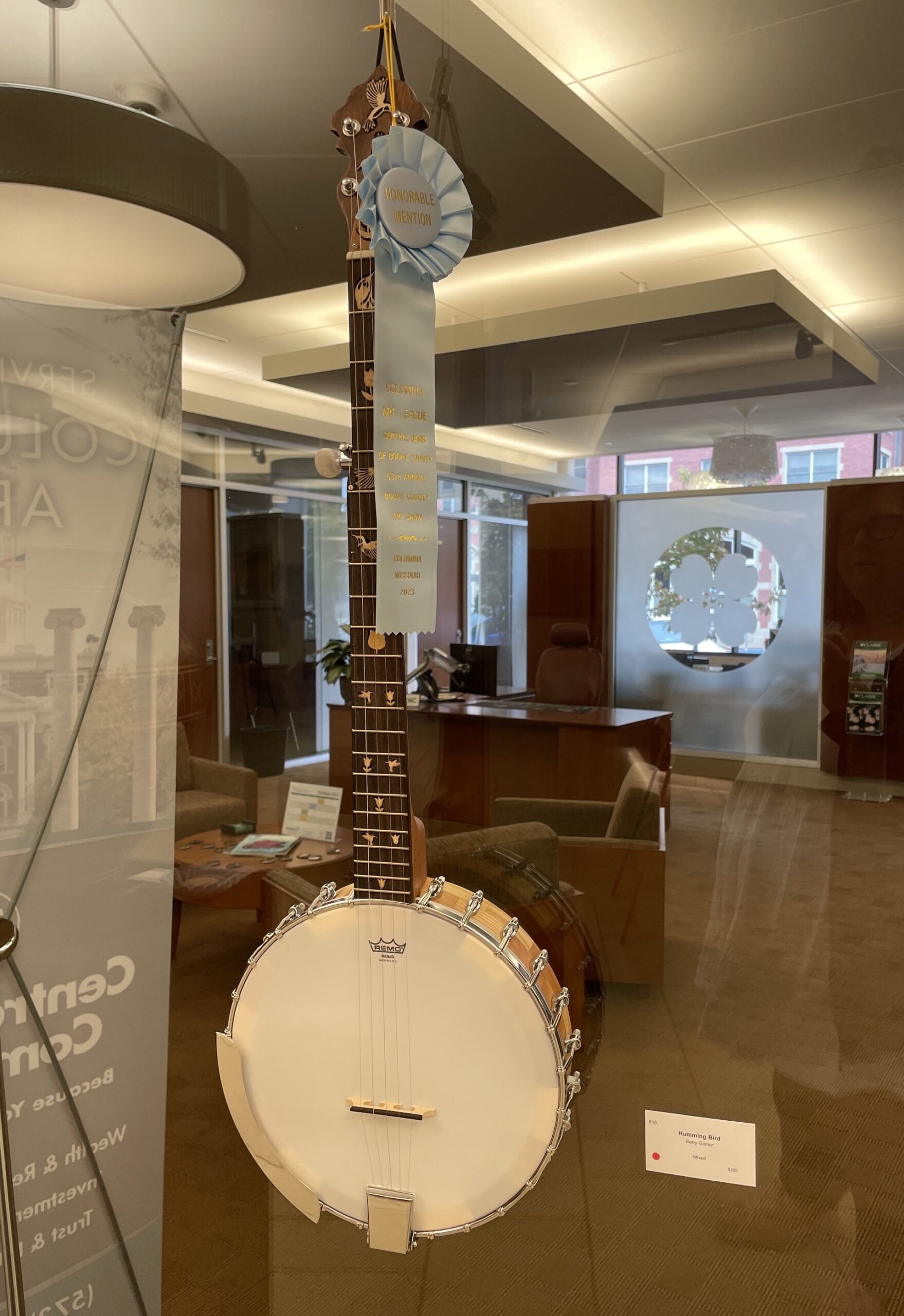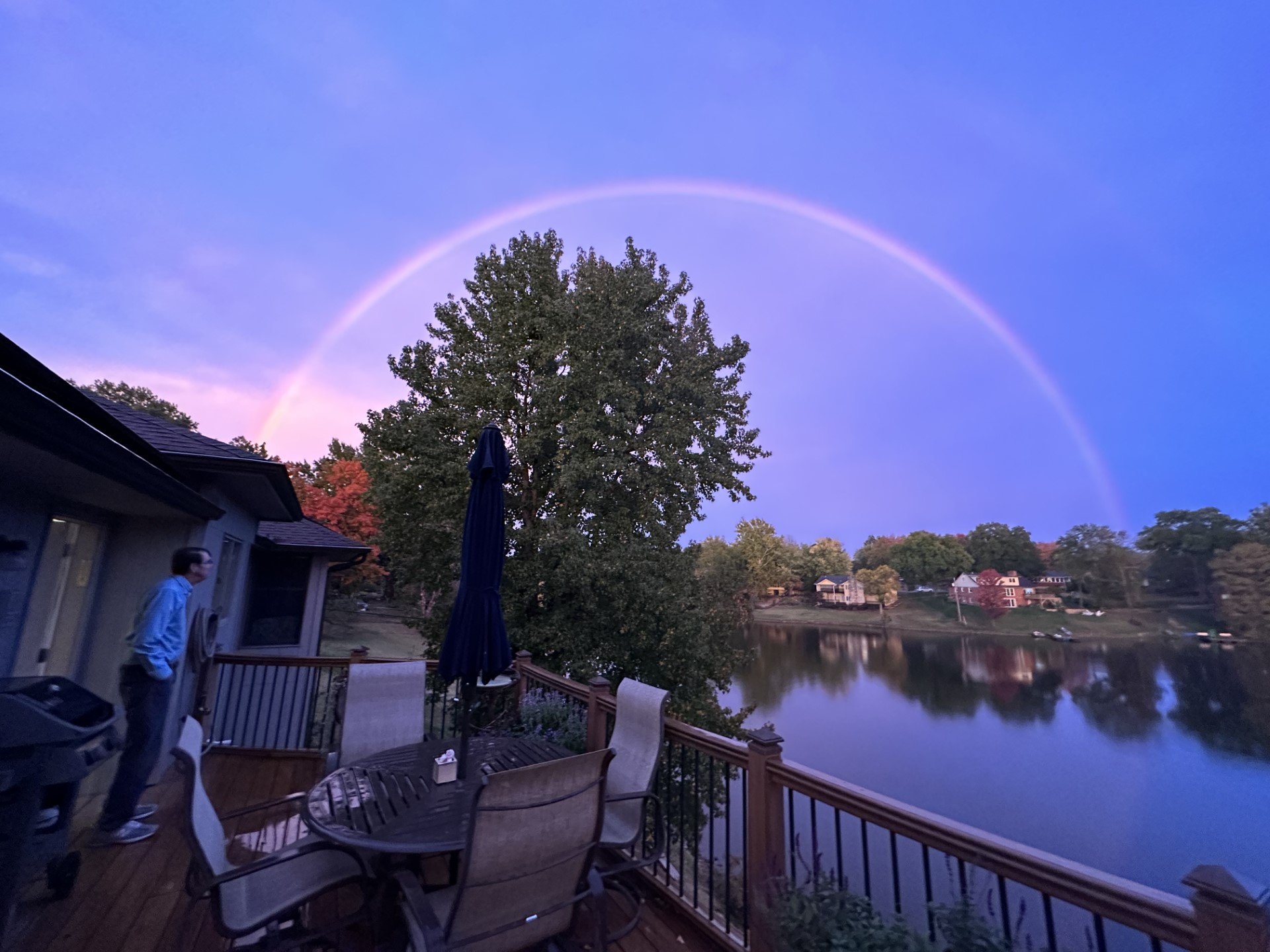D.B . says:
Dear BRC: I bought my vintage Vega Martin banjo from a music shop in California several years ago, and I’d really like to find out more about it! I`m interested in everything from the year/place of manufacture to what materials were used. Also, I’m looking to get the frets replaced, and one day I’ll probably have to replace the head, so I’d love to be able to do it right, in keeping with the original design and level of craftsmanship.The serial number inside the rim of the head (just underneath the lettering “Martin & Co est. 1833”) is 1023. The drum head (curious if it’s original) is a Remo (says “Remo Fiberskyn Banjo, made in USA, pat.4308782). Thank you in advance for any information you’d be able and willing to provide on this instrument. Cheers! D.B.
The BRC replies:
Dear D.B. – Thank you for the detailed photos of your Vega Martin “Wonder” banjo SN 1023 that was manufactured in Nazareth, PA, in mid 1974 per Shop Order #2214.
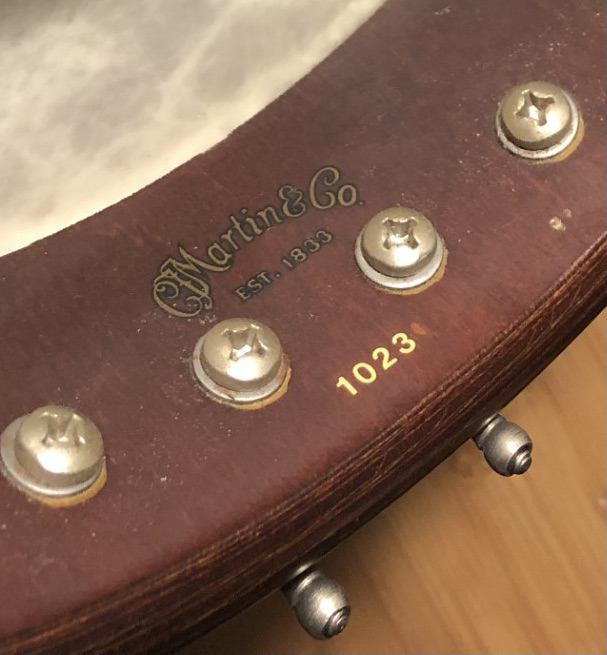
According to my files, the “VW-5” model banjo with a resonator first appears in a Vega catalogue flyer from the Boston factory in 1961. The Vega franchise merged with the C.F. Martin Company in May of 1970. Per a September 1970 VM publication, the Wonder banjo featured a metal tone ring, white fingerboard binding, a notched tension hoop, a 10 ply rim, geared tuning pegs, a 3-piece maple neck, a blackwood finger board, pearl dots, a four-section metal tone flange, nickel-plated metal parts, a plastic head, an arm rest, and a shaded mahogany finish.
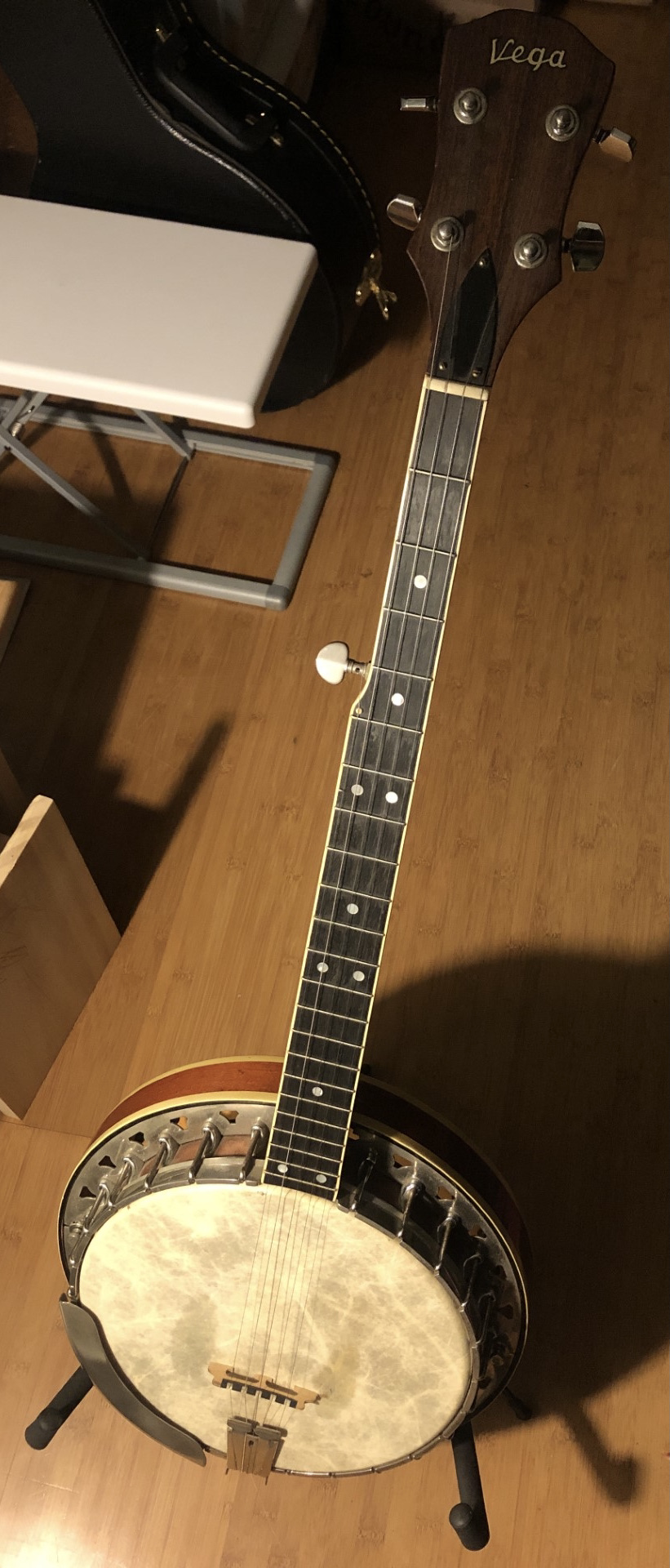
The back page of this above 1970 VM publication briefly introduces the open-back FW-5 folk music banjo which is otherwise the same instrument as the original Wonder 5-stringer but without a resonator. In a 1971 VM price list, the VW-5 Wonder banjo sold for $345. To my knowledge, Fiberskyn heads were never installed on Vega Martin banjos. According to the aforementioned 1971 price list, the VM plastic head sold for $8.50 each.
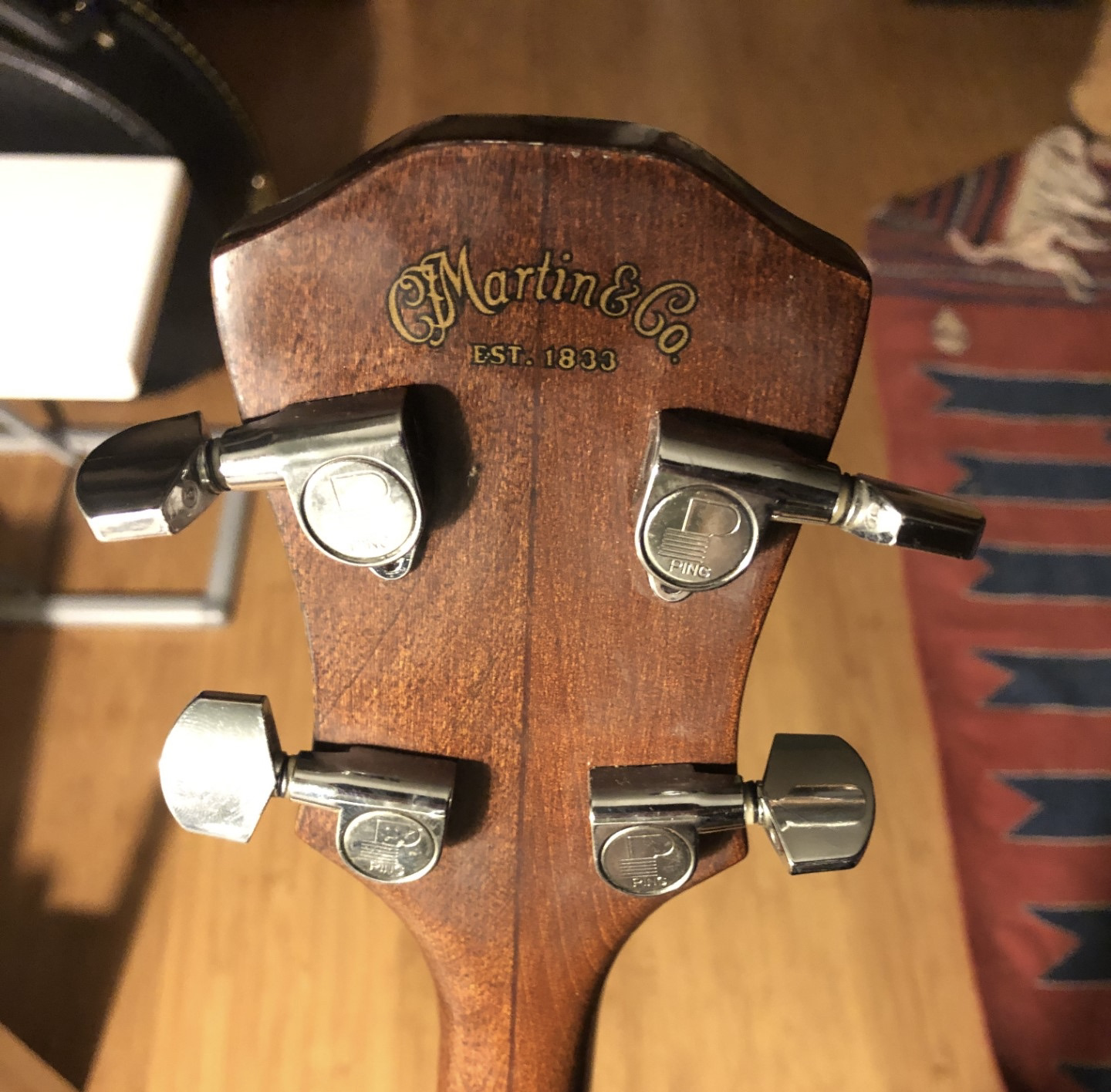
The tuning pegs on your banjo labeled “PING” are not original, as the Martin Company had their own patented banjo tuning pegs that sold as a set of 4 for $3.75 back in 1971. Geared side-machine rotomatic type tuners appear only on the Vega Martin long-neck Folklore banjo in 1968 and the Pete Seeger model banjo in 1971. Thank you for the privilege of commenting on your banjo. Happy pickin`. Barry
D.B. says:
Dear BRC: Wow and thank you! I’ll be archiving all this information, so I can always refer back to it. Your attention to detail is much appreciated! Regards, D.B.
From the BRC: Dear Readers- There are plenty of Letters to the BRC and detailed replies under the Vega Martin Banjo Info header. Click-on, scroll down, and enjoy.
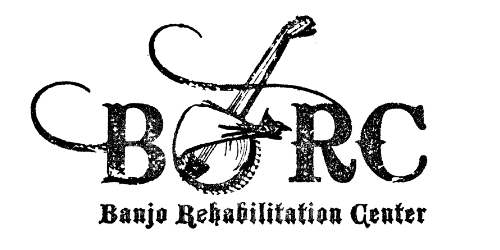
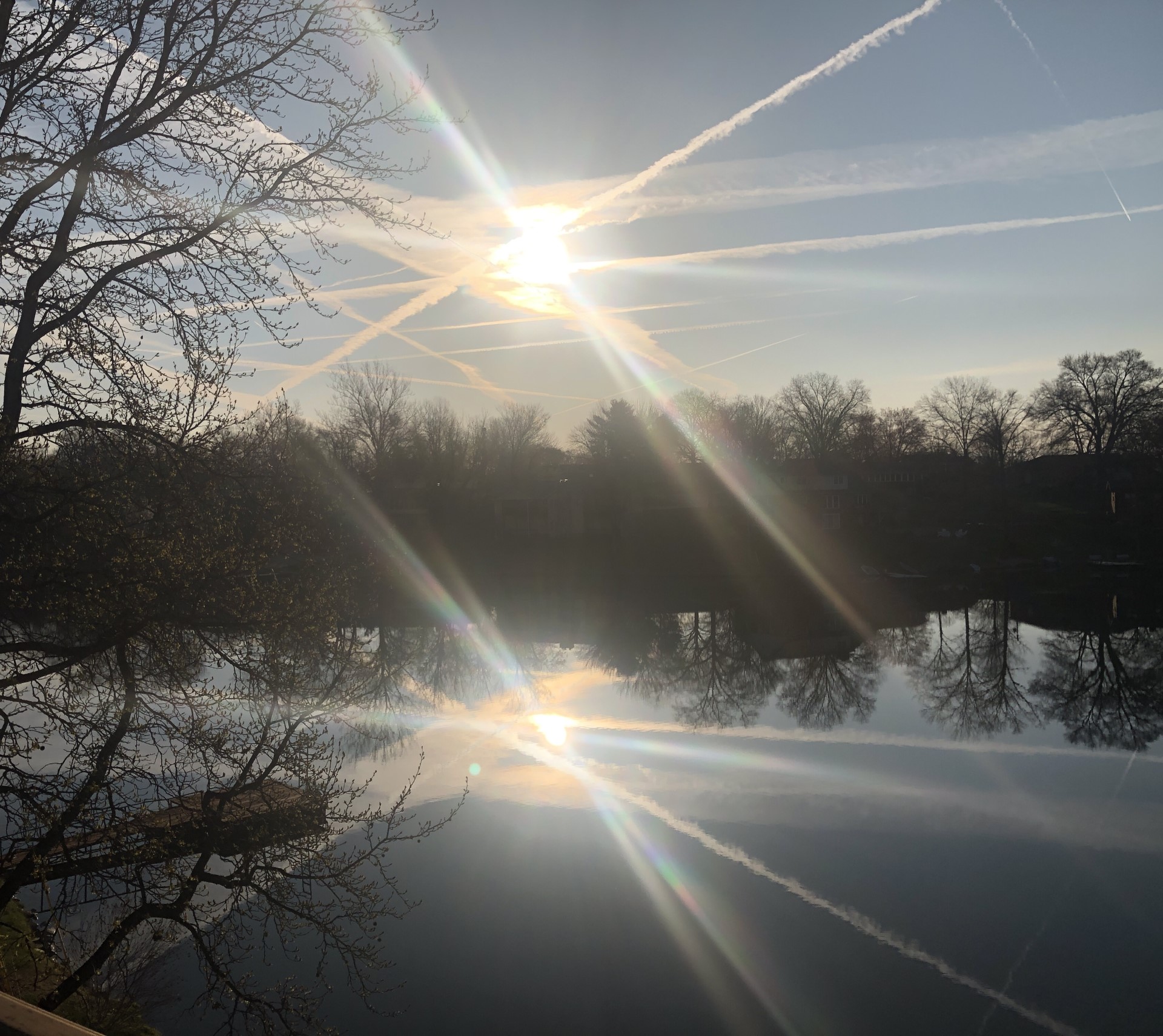
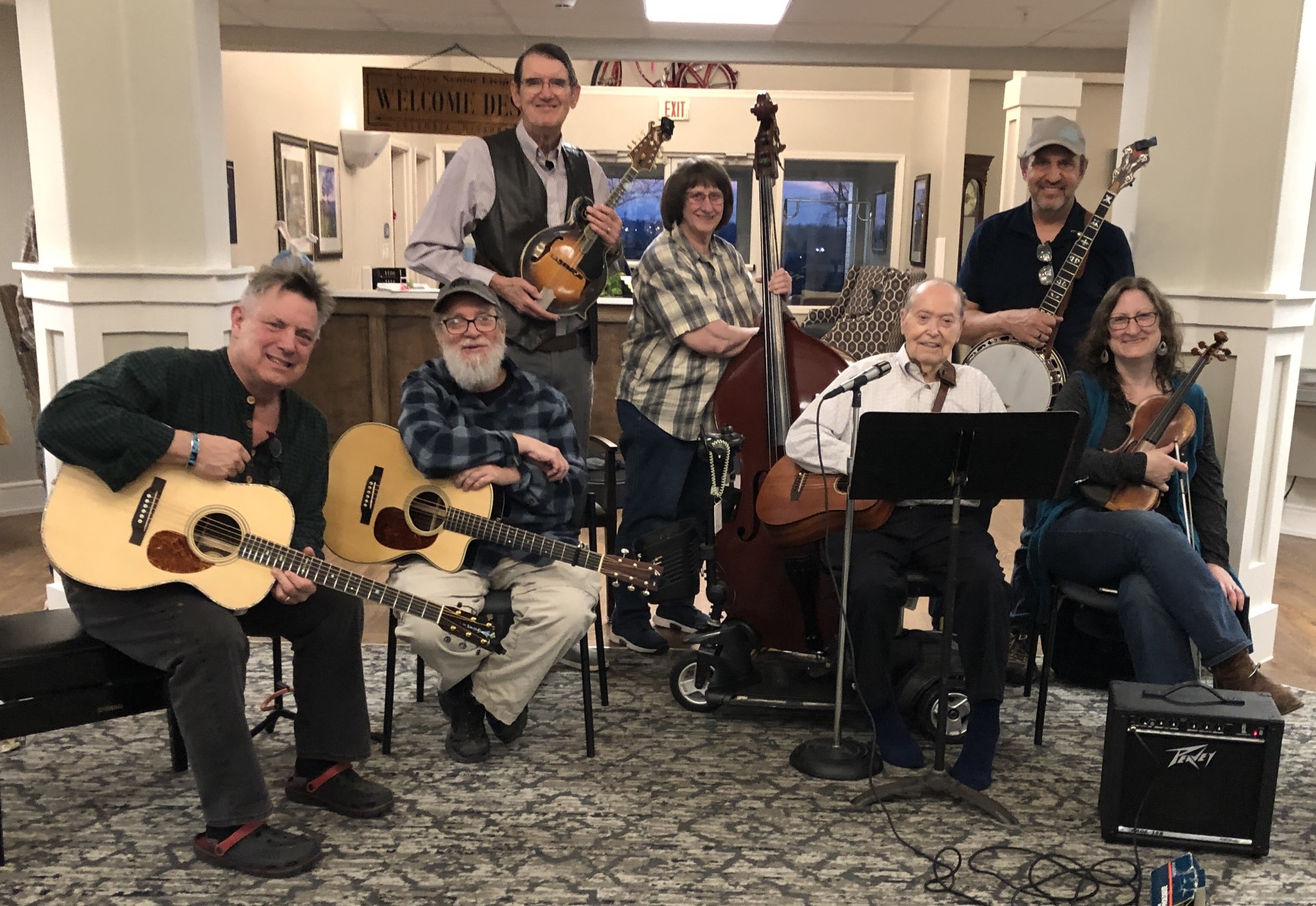
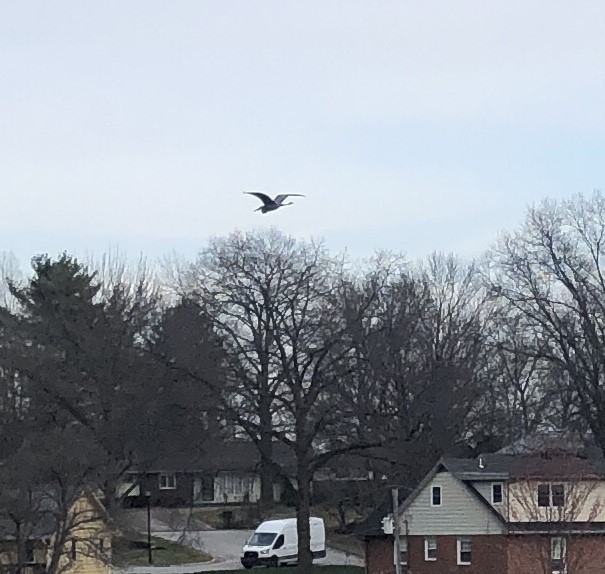
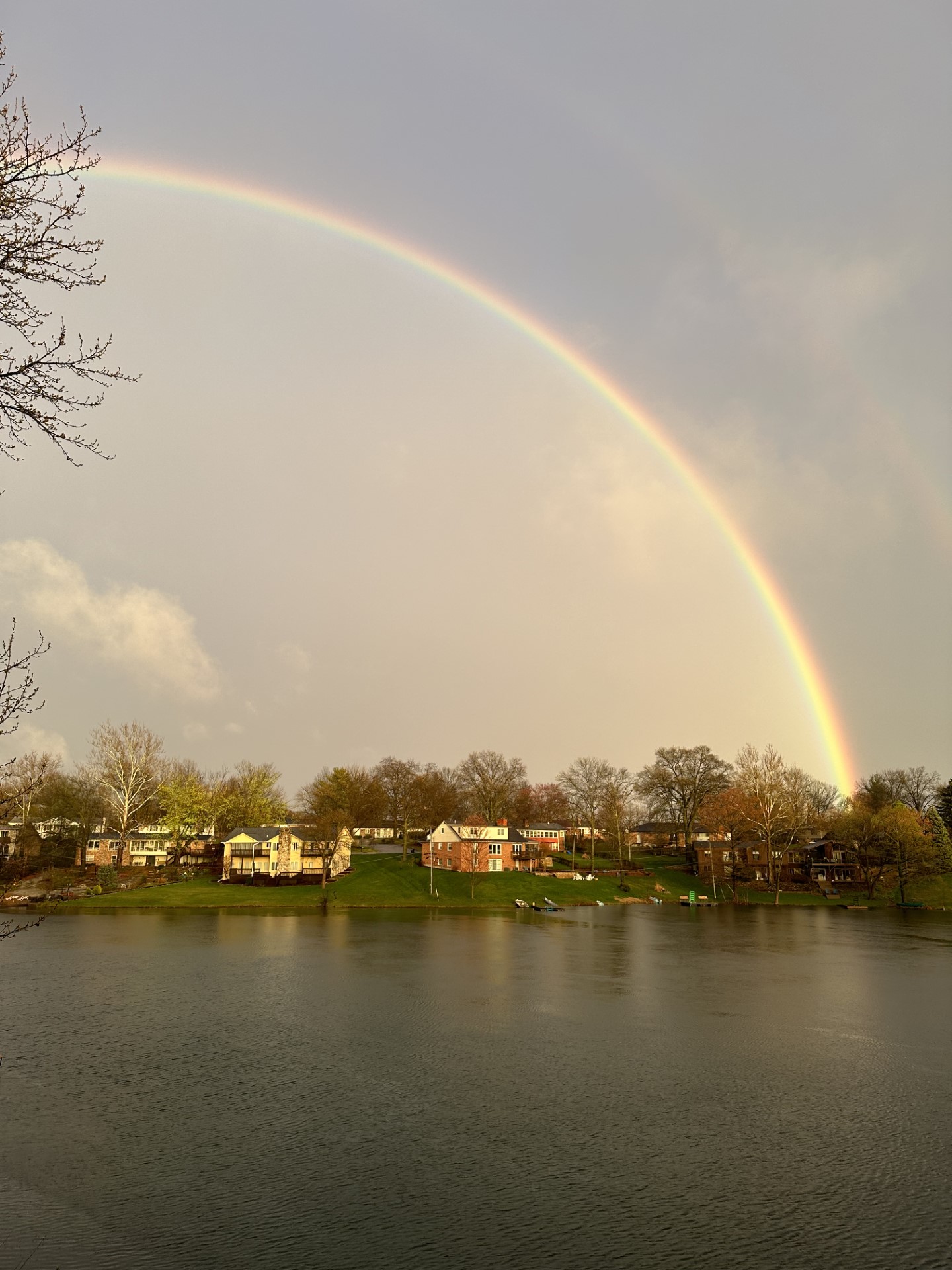
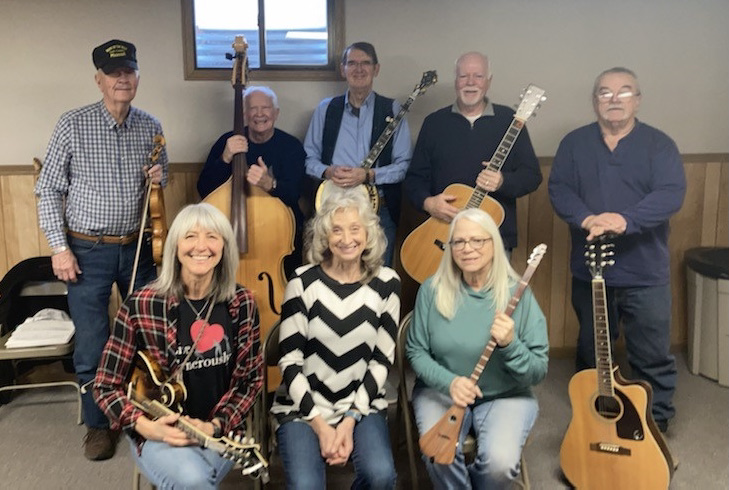
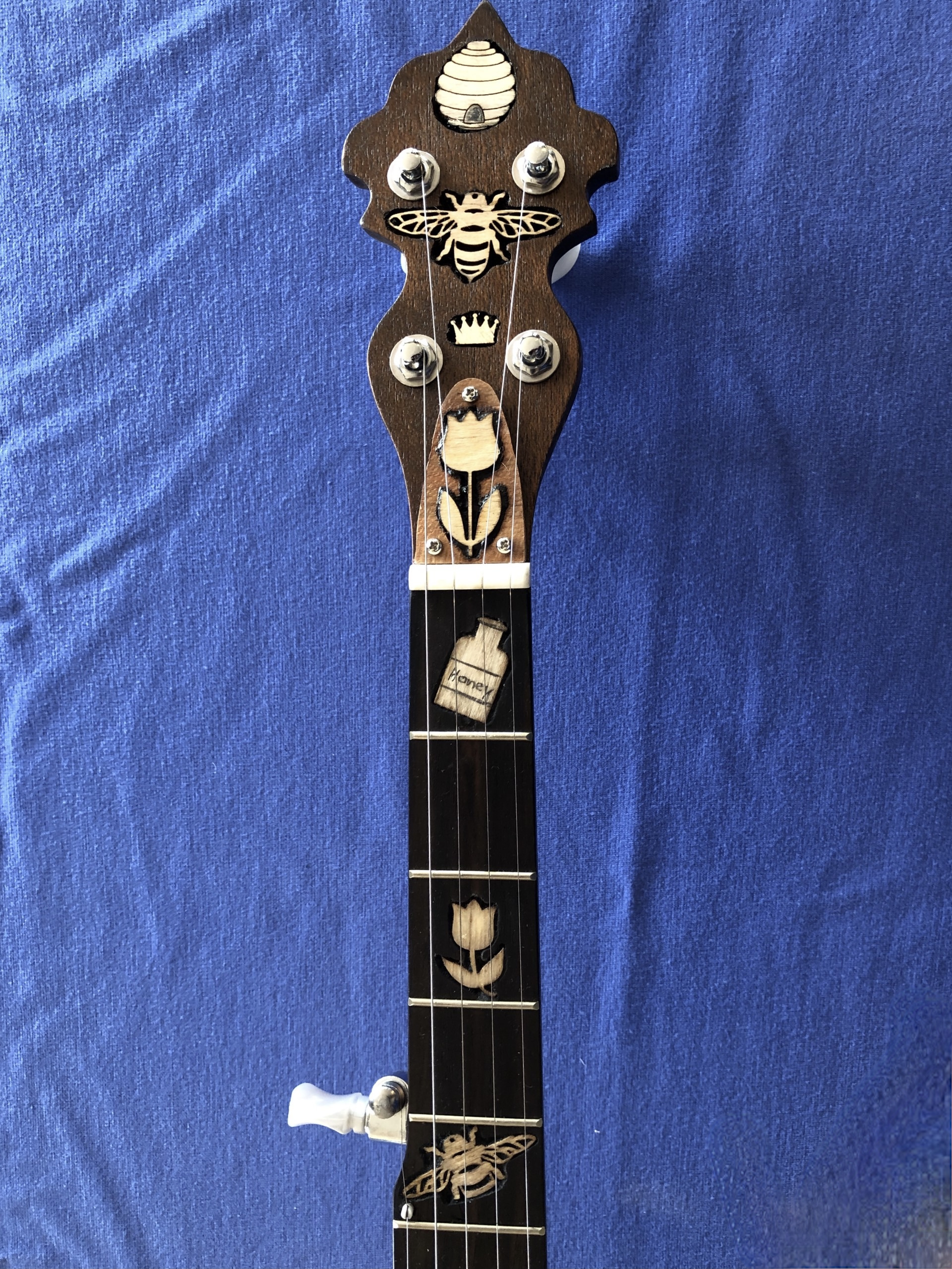
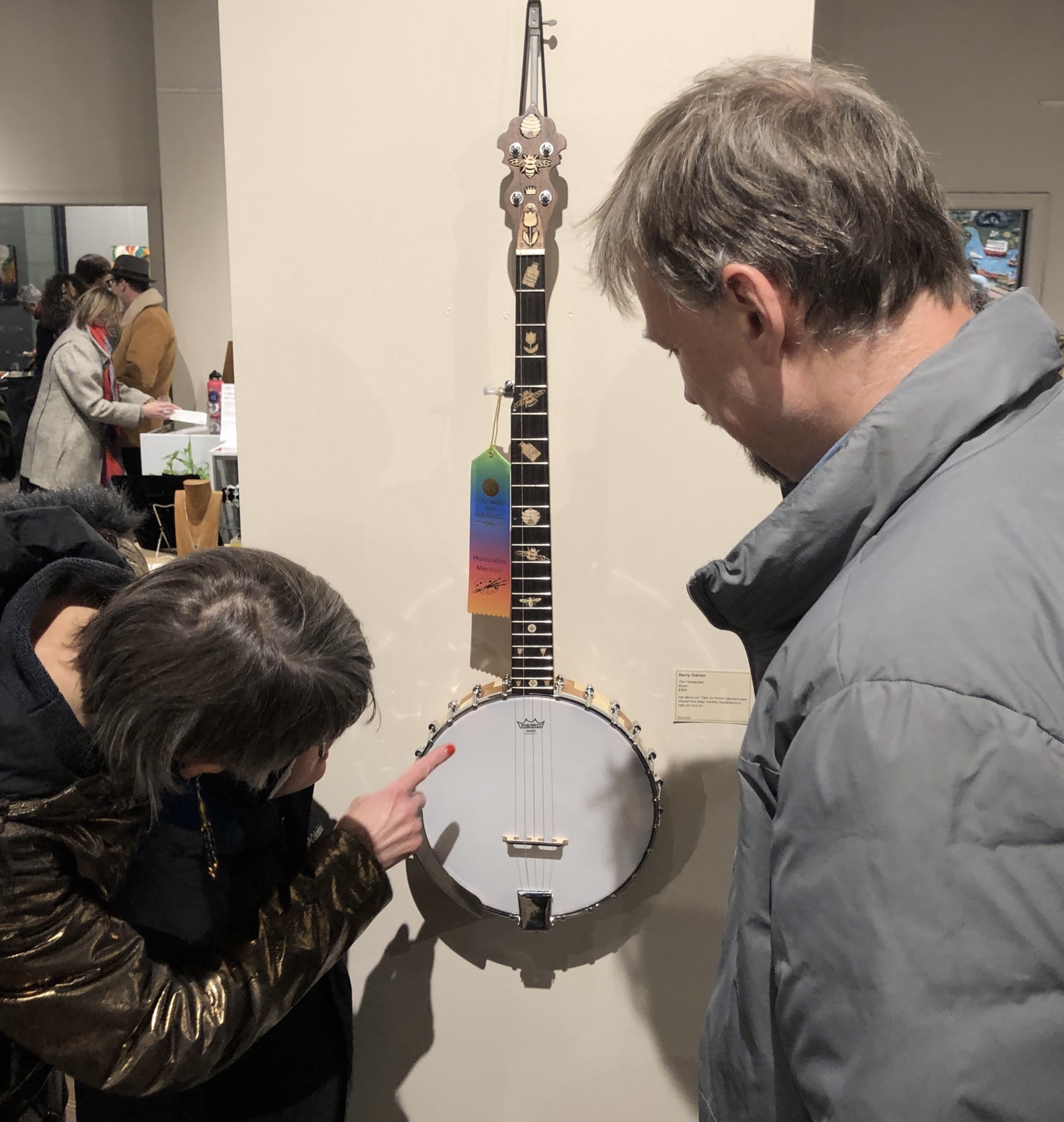
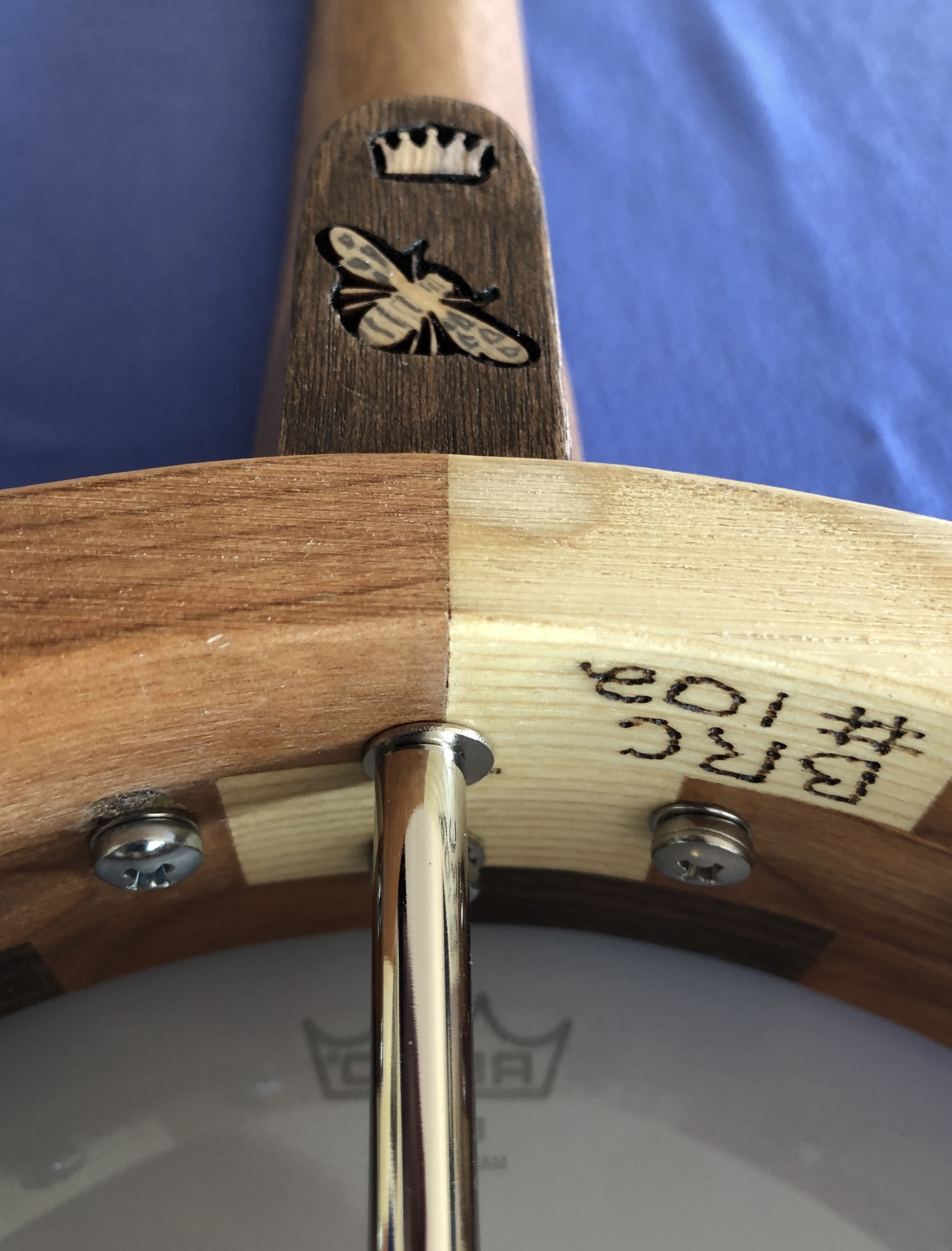
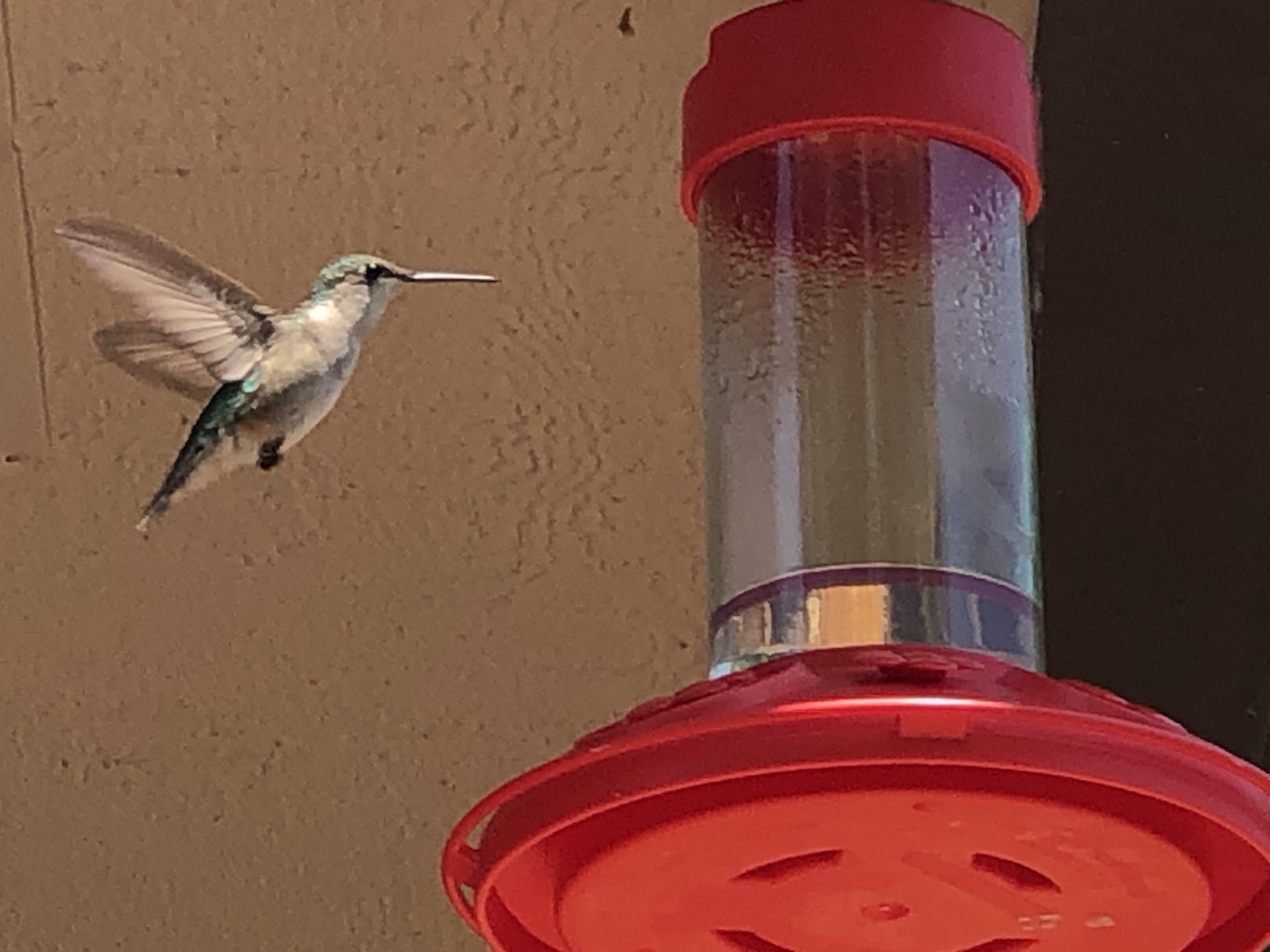 This autumn, a Humming Bird banjo was crafted in the BRC workshop for the 64th Annual Central Bank of Boone County Art Show. The peghead head featured feathery birds airily fluttering to and fro. In the scientific nomenclature, this specie is categorized as belonging to the Order of Apodiformes, the Suborder of Trochili, and the Family of Trochilidae.
This autumn, a Humming Bird banjo was crafted in the BRC workshop for the 64th Annual Central Bank of Boone County Art Show. The peghead head featured feathery birds airily fluttering to and fro. In the scientific nomenclature, this specie is categorized as belonging to the Order of Apodiformes, the Suborder of Trochili, and the Family of Trochilidae.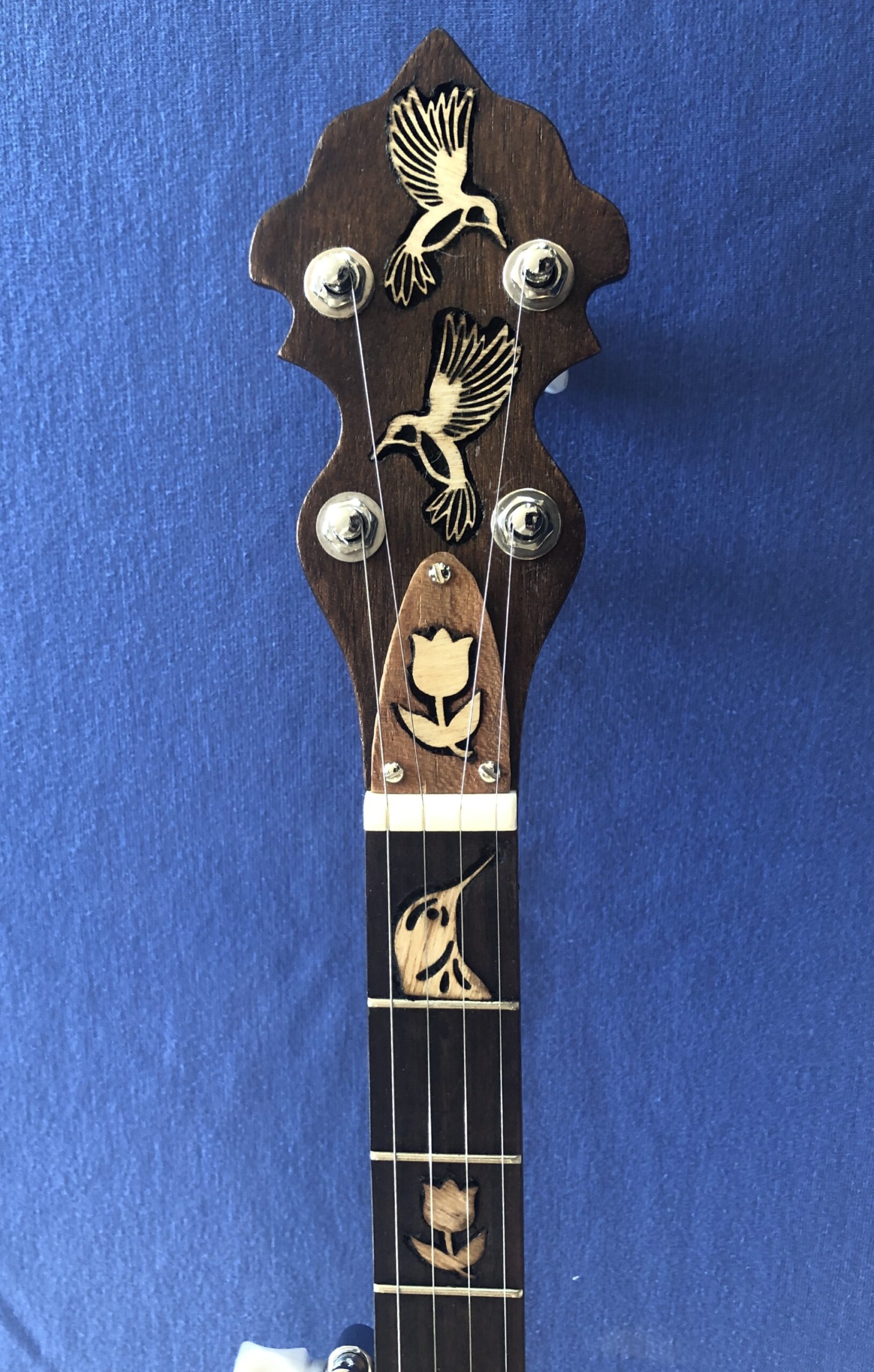 Flowers appear on the truss rod cover and fretboard representing the vital food source of nectar that fuels the birds` high-powered energy requirements during flight. For the winter months, hummingbirds migrate south via a long airborne journey to Mexico or Central America.
Flowers appear on the truss rod cover and fretboard representing the vital food source of nectar that fuels the birds` high-powered energy requirements during flight. For the winter months, hummingbirds migrate south via a long airborne journey to Mexico or Central America.